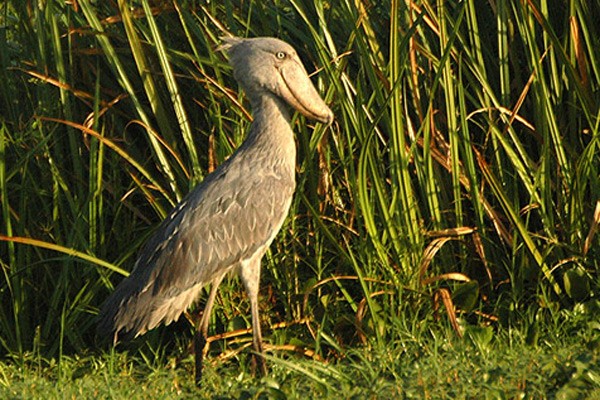 Where are shoebill found?
Where are shoebill found?
Where are shoebill found?
The shoebill is distributed in freshwater swamps of central tropical Africa, from southern Sudan and South Sudan through parts of eastern Congo, Rwanda, Uganda, western Tanzania and northern Zambia. The species is most numerous in the West Nile sub-region and South Sudan (especially the Sudd, a main stronghold for the species); it is also significant in wetlands of Uganda and western Tanzania. More isolated records have been reported of shoebills in Kenya, the Central African Republic, northern Cameroon, south-western Ethiopia, Malawi. Vagrant strays to the Okavango Basin, Botswana and the upper Congo River have also been sighted. The distribution of this species seems to largely coincide with that of papyrus and lungfish. They are often found in areas of flood plain interspersed with undisturbed papyrus and reedbeds. When shoebill storks are in an area with deep water, a bed of floating vegetation is a requirement. They are also found where there is poorly oxygenated water. This causes the fish living in the water to surface for air more often, increasing the likelihood a shoebill stork will successfully capture it. The shoebill is non-migratory with limited seasonal movements due to habitat changes, food availability and disturbance by humans. Petroglyphs from Oued Djerat, eastern Algeria, show that the shoebill occurred during the Early Holocene much more to the north, in the wetlands that covered the present-day Sahara Desert at that time. The shoebill occurs in extensive, dense freshwater marshes. Almost all wetlands that attract the species have undisturbed Cyperus papyrus and reed beds of Phragmites and Typha. Although their distribution largely seems to correspond with the distribution of papyrus in central Africa, the species seems to avoid pure papyrus swamps and is often attracted to areas with mixed vegetation. More rarely, the species has been seen foraging in rice fields and flooded plantations.
